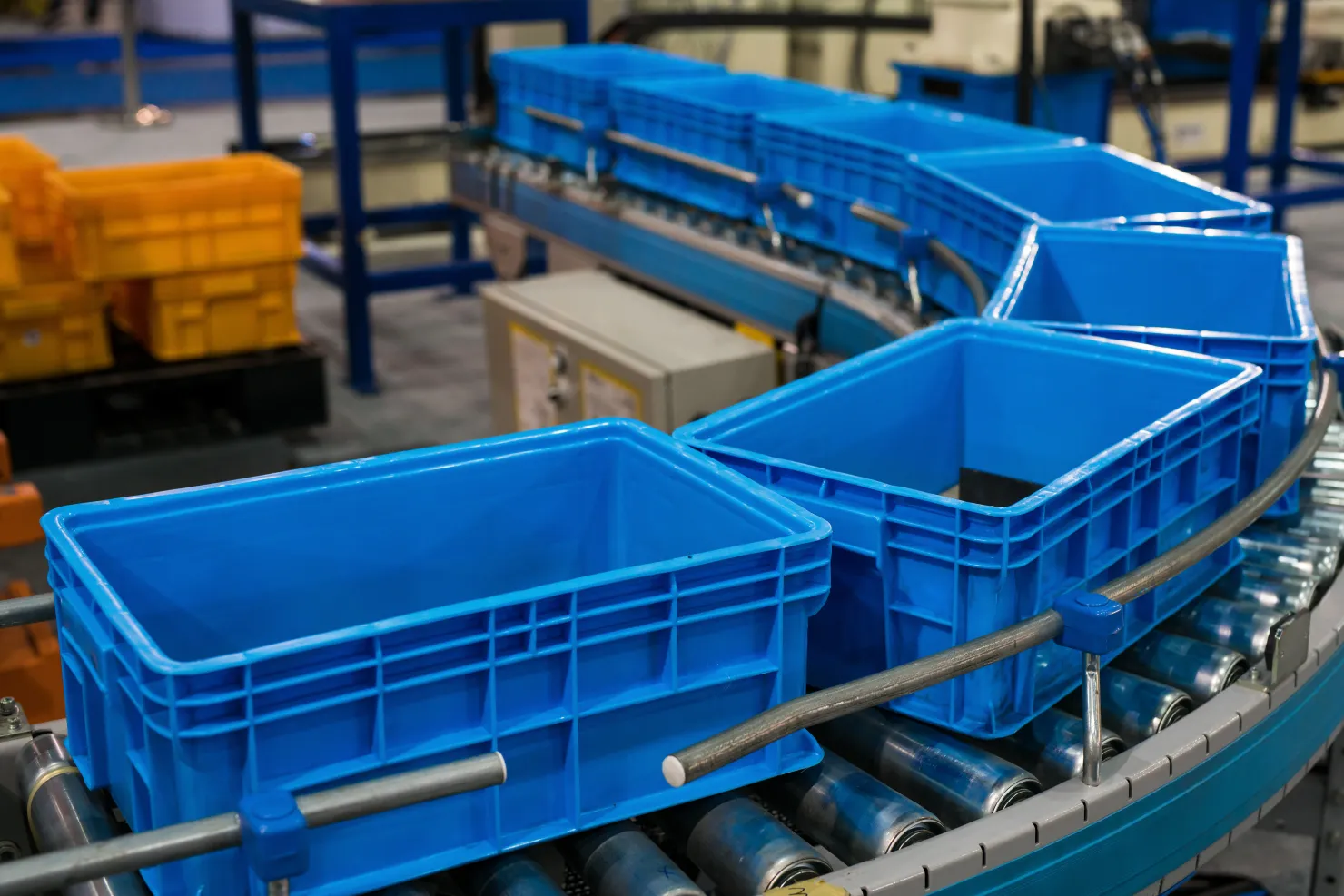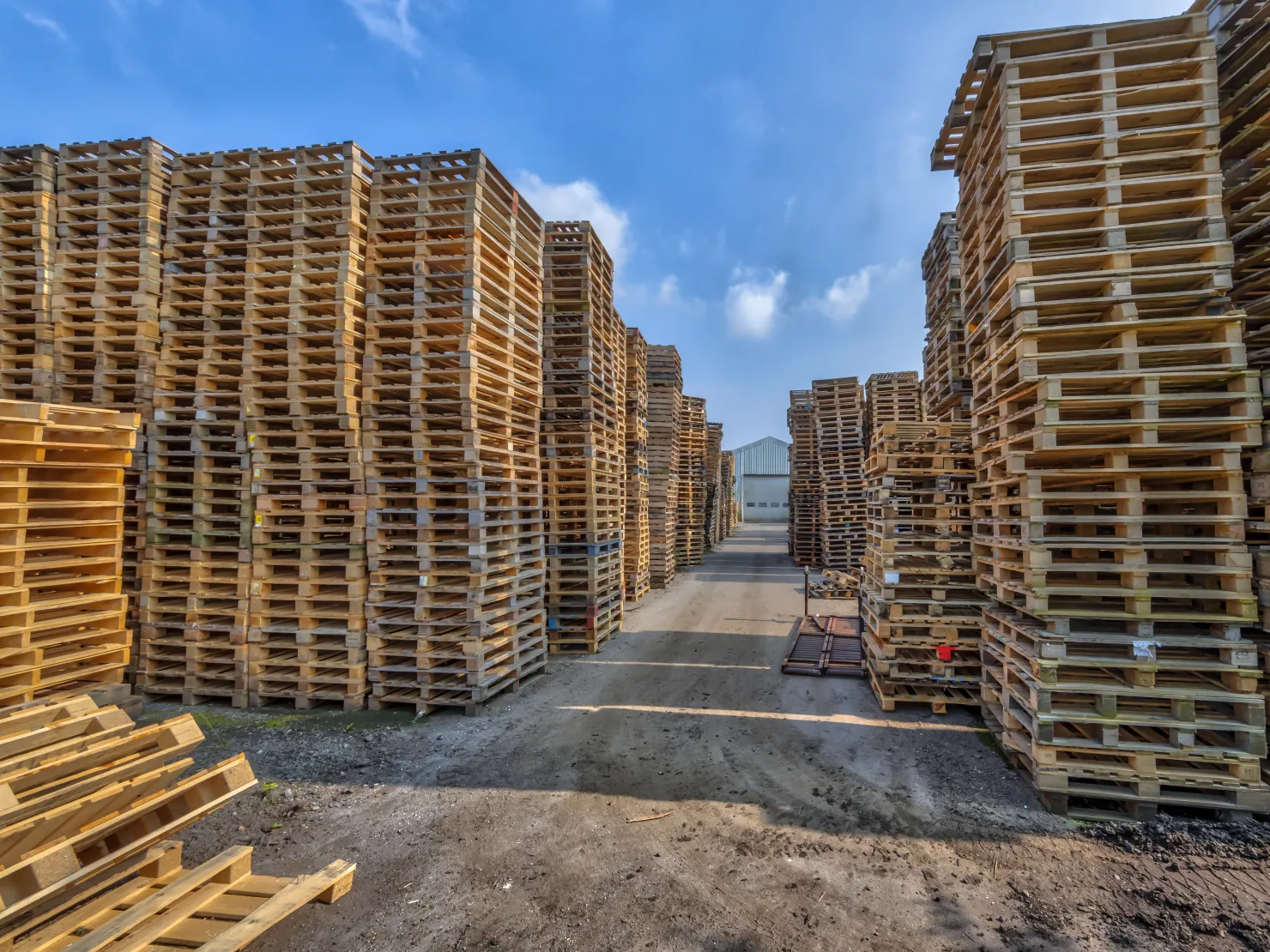7 Benefits of Tracking Returnable Transport Items
Why tracking returnable transport items can be a benefit for you
Whether you are managing tote boxes, containers, stillages, pallets or roll cages, knowing the whereabouts or exact number of your returnable transport items can be tricky and bring avoidable costs. Tracking these items using RFID technology can defeat these problems and provide a long term solution that ensures items are in the right place at the right time which in turn can improve asset utilisation.
1. Enables faster auditing
Returnable transport items come and go frequently whether that be from supplier to customer or between sites of the same company, so tracking them using RFID technology can allow the user and the supplier to stay on top of what they have in their possession. Handheld readers can capture information from many assets at a time and therefore speed up auditing in comparison to manual processes. Using fixed readers allow both parties to automatically track assets as they enter or leave a site which means inventory checks can take place a lot quicker and in turn reduce human error. This can help both parties work out if any of the items are missing or should be elsewhere.
2. Helps prevent loss or theft of assets
Loss or theft of returnable transport packing is common resulting in an unnecessary cost for companies. Tracking these reusable transit items provides higher asset visibility and accountability. This is due to the readers that pick up the unique ID of the tag sending a signal to a database which records the location of the item. This will encourage trading partners to look after the items and ensure they return and receive the correct number. This will also result in a reduction in cost of replacing items, such as pallets and roll cages, as there is a higher possibiliy of them being found and reclaimed.

3. Eliminating bottlenecks and delays in the supply chain
Without RFID technology, day-to-day processes can be halted due to missing items or incorrect numbers being available as a result of poor auditing. This results in the movement of goods becoming impossible and leads to delays which can impact the timings of the whole supply chain and the reputation of the company. Tracking reusable transit items helps eliminate bottlenecks in the supply chain as the required number of items can be located and sent to the right place at the right time.
4. Increases accountability and reduces asset damage
Tracking returnable transport items increases accountability as damages can be easily traced back to the culprit. This means you can identify which of your trading partners are likely to damage your roll cages, containers or other assets, so you can charge them for the replacement or repair of these assets. A lot of companies who track their assets find that this will result in supply chain partners taken better care of assets in the first place, which in turn increases the life span.
5. Maximises RTI utilisation
A benefit of tracking returnable transport items is the increased level of asset utilisation that it provides. The supplier can understand which items that it offers to customers are used more frequently and also which are more durable and lasting longer if multiple variations of an item are available - such as plastic and wooden pallets. By having access to this information and also the whereabouts of each item, the supplier can also see which assets are available and also the condition they are in, thus allowing them to provide replacements or maintenance improving the quality of service. Also, being able to locate items quickly means they can be used more frequently.

6. Identifies shortages in stock or oversized stock amounts
With the visibility of asset locations, both the customer and supplier can see the number of returnable assets they have access to and therefore can understand if they need to cut down or build up this value to carry out their day-to-day processes. The user can see where their costs sit for example: if they have too many of a particular asset, they can return them back to the supplier and regain some of their costs. Overall, having visibility of how many items are in use at any one time means that there is no need to keep just in case items and therefore the user's buffer stock can be reduced.
7. Reduces disputes between trading partners
Using RFID technology can help provide a solution to reducing day-to-day disputes between trading partners in relation to asset loss or incorrect quantity. By placing RFID tags on returnable transport items within the supplier and/or customer's compound, both parties are able to see a recent update of the asset's location and therefore provide evidence as to who has the item or if it has been lost in transit. This technology also allows both parties to determine how many assets they have in their possession and if any charges need to be made for missing items.

